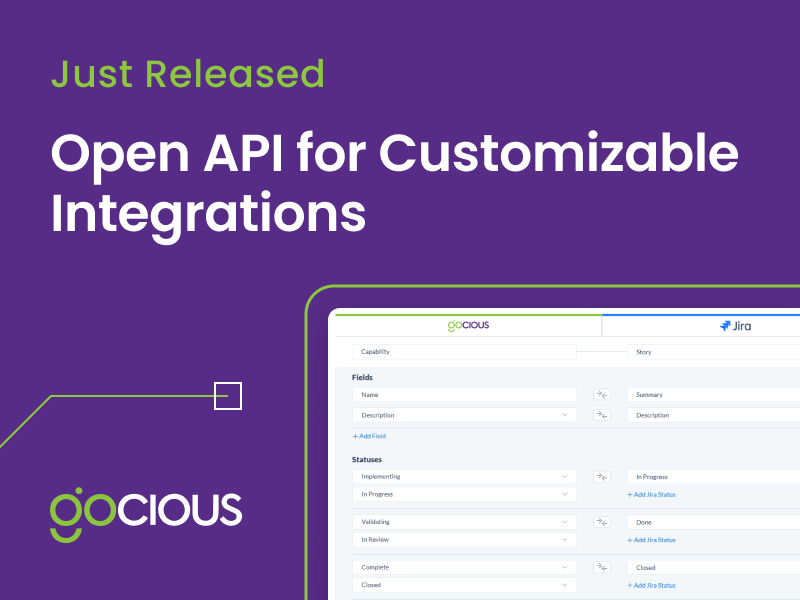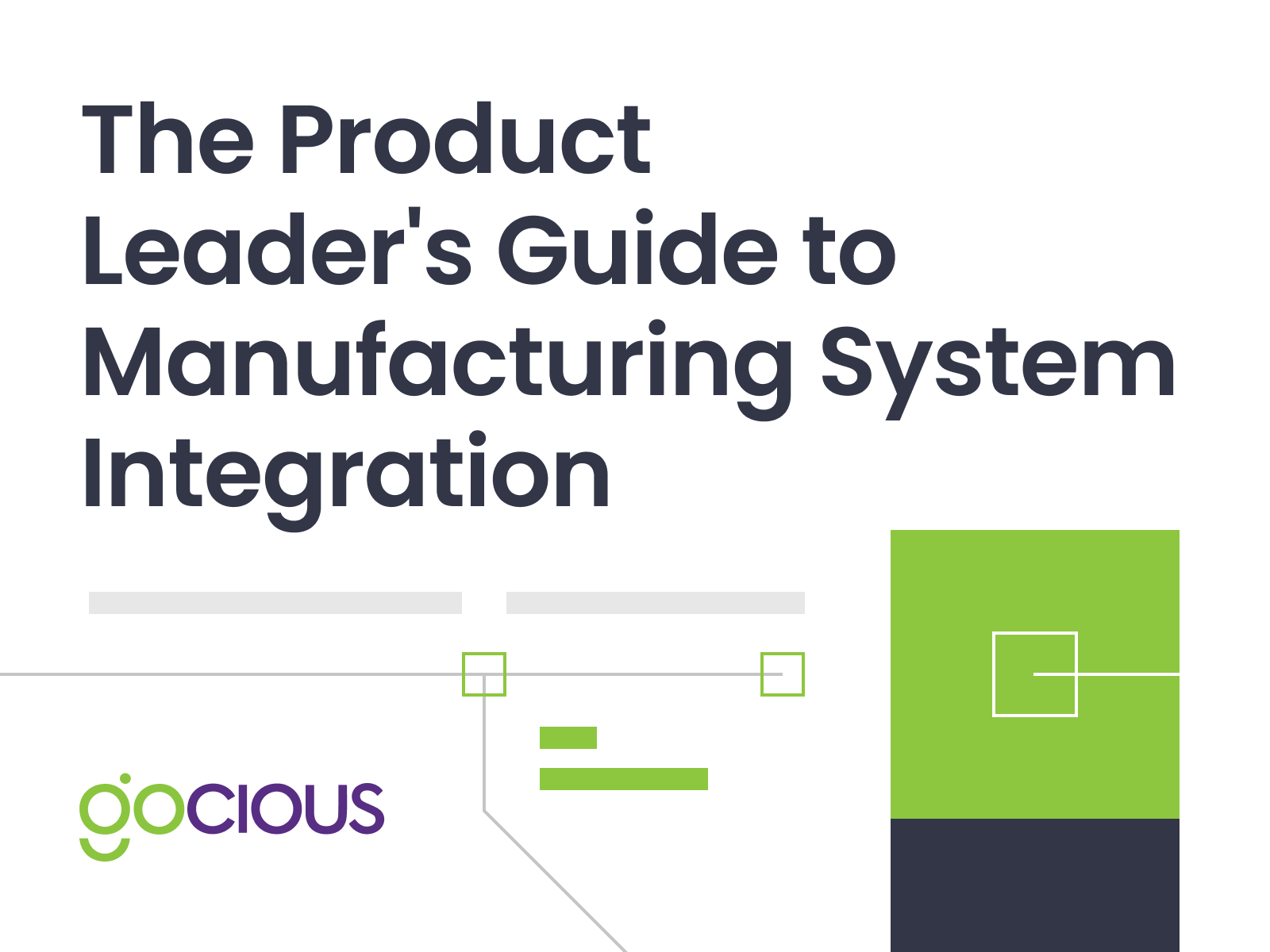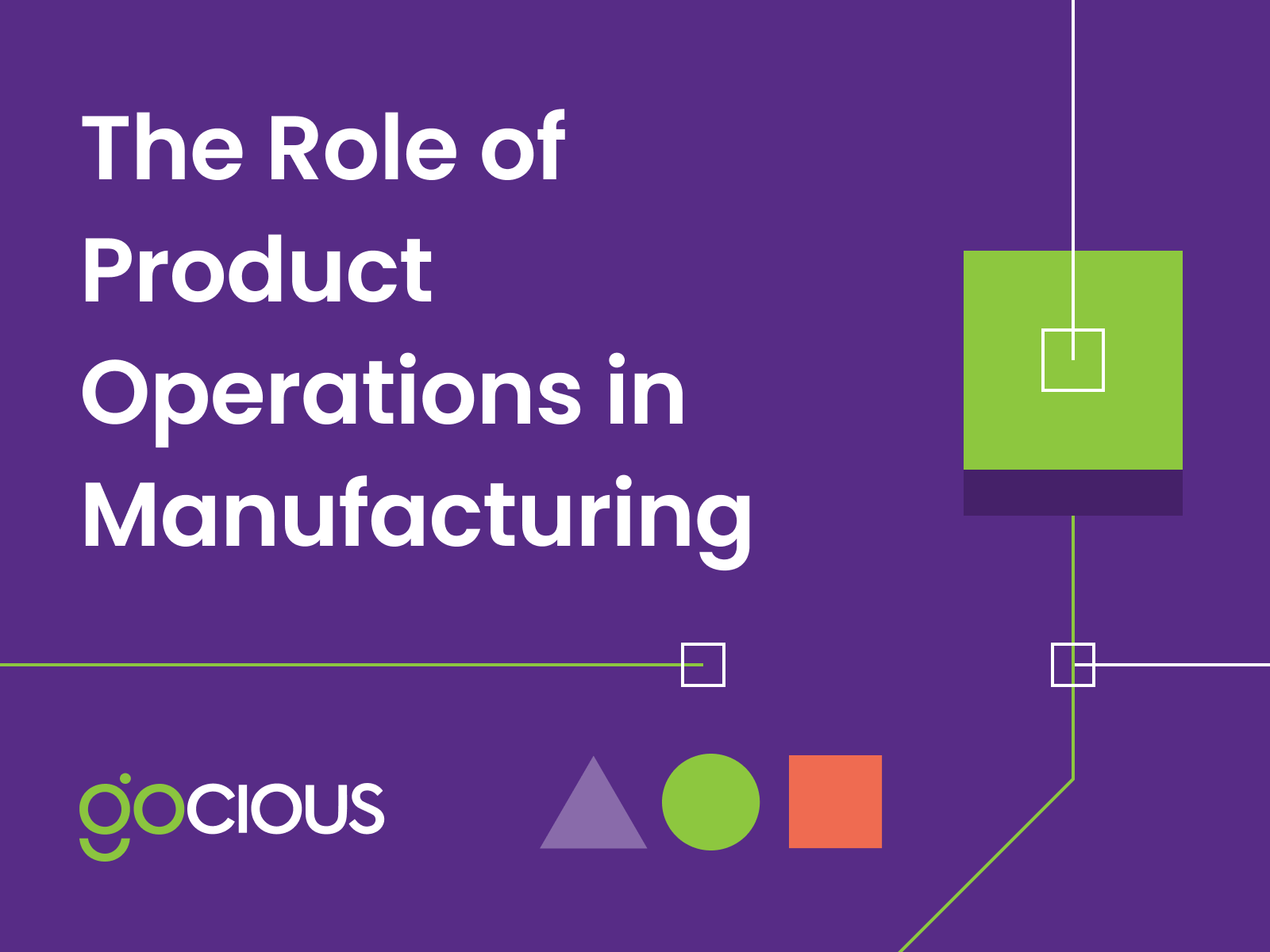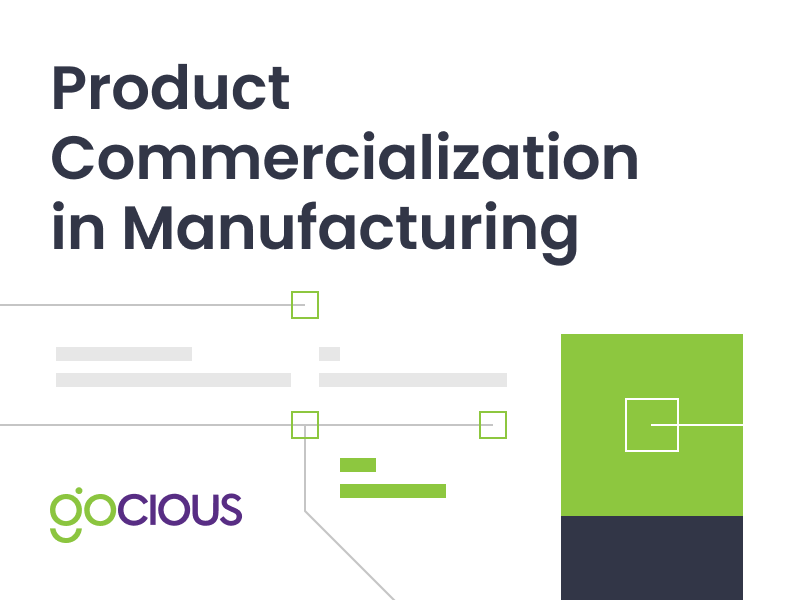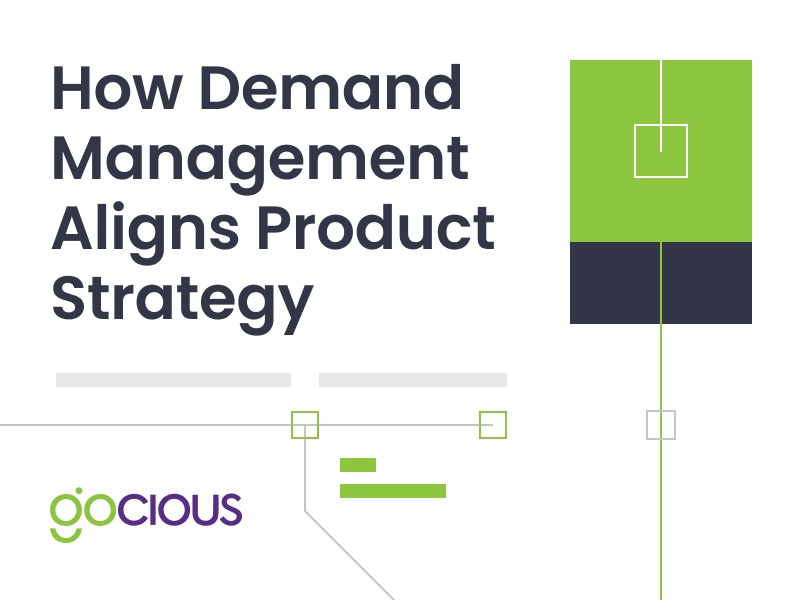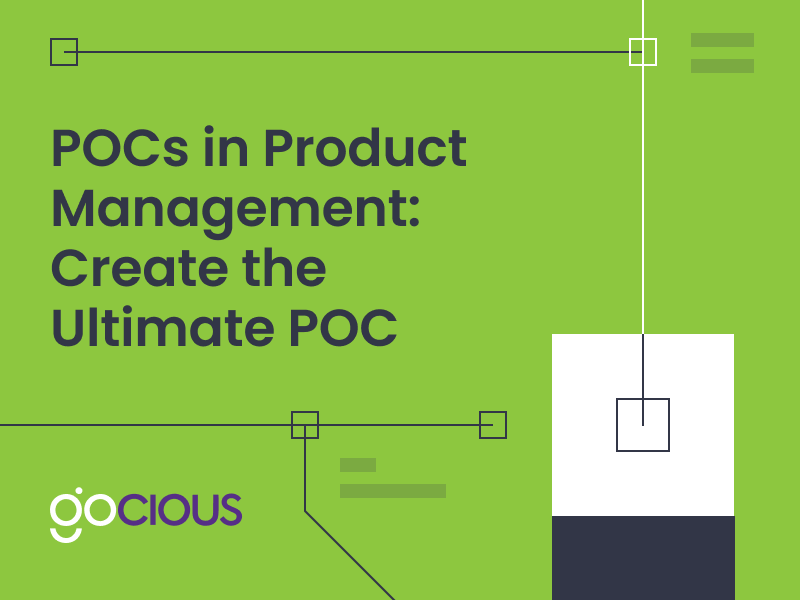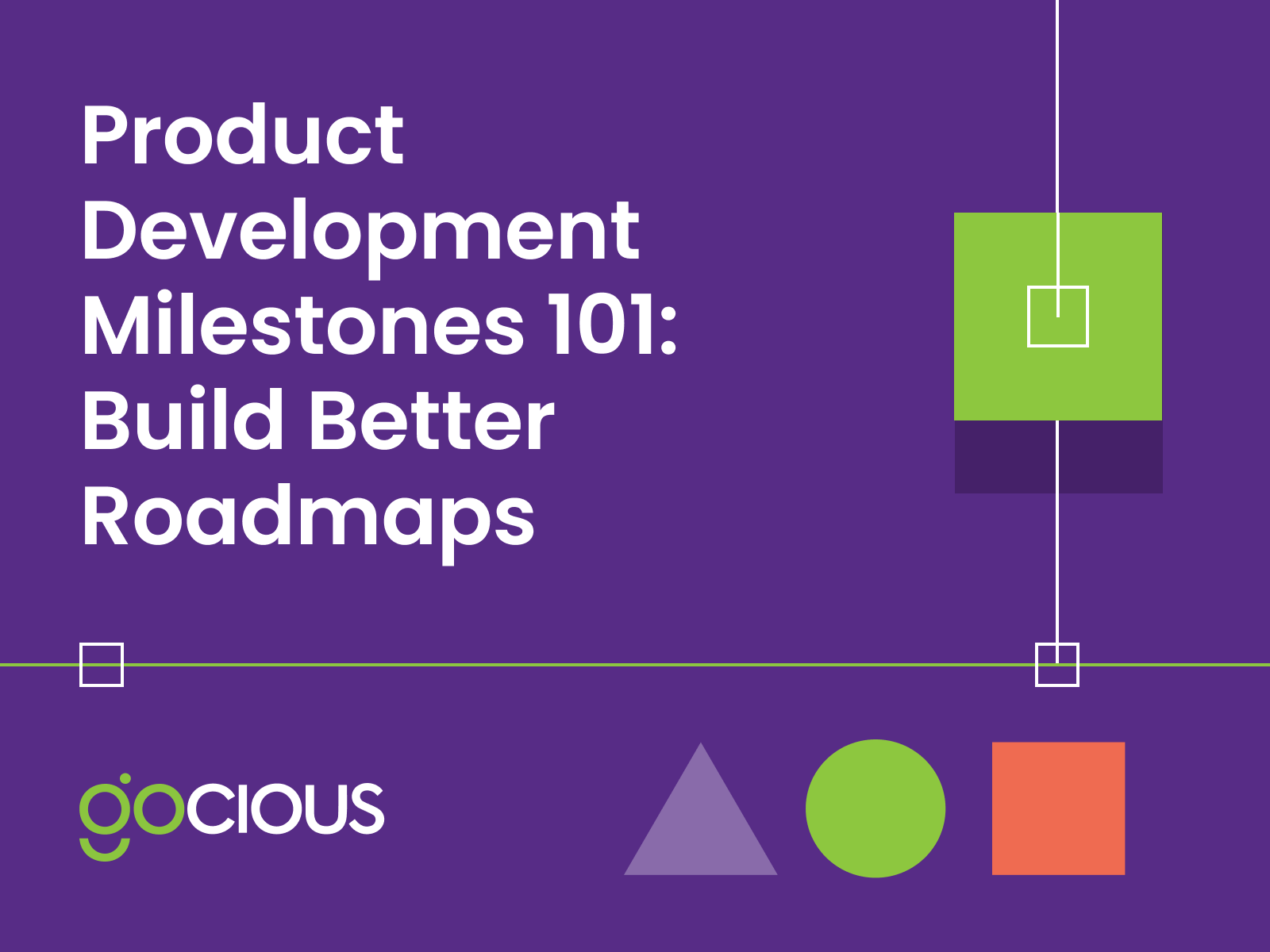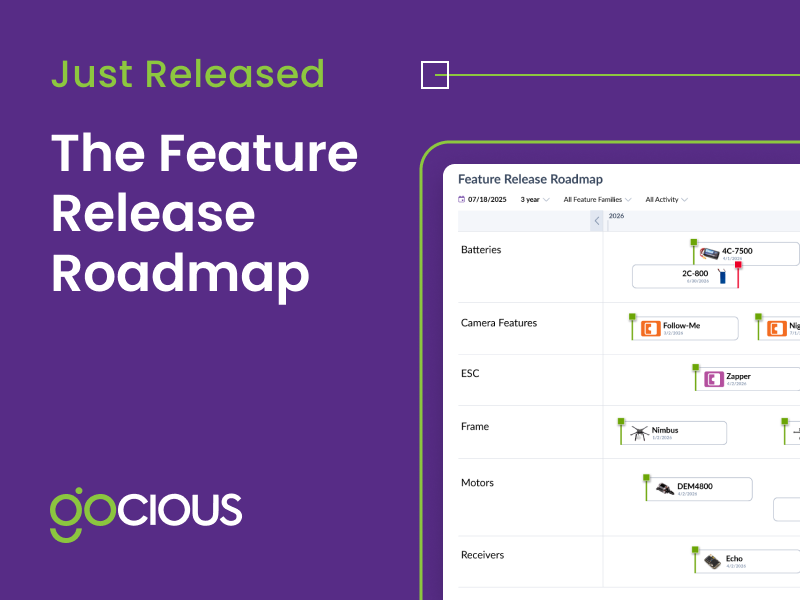
Subscribe to our blog
Ready to improve your roadmapping process?
Curious about how Gocious can help your manufacturing team transform its Product Lifecycle Management strategy? Let’s schedule a call to explore!
Product Management Articles
The Product Leader's Guide to Manufacturing System Integration
Budget overruns, missed launch windows, and opaque quality trends persist when manufacturing system integration is treated as an afterthought.
The Role of Product Operations in Manufacturing | What is Product Ops
Product operations (product ops) is the CPO’s operating backbone: the mechanism that converts digital capital (PLM, MES, IoT, AI) into predictable throughput, margin expansion, and on-time launches across programs. When product ops is weak, portfolio bets stall in handoffs. Meanwhile, when it’s strong, strategy flows to the line and measurable results flow back.
Firmographic Segmentation for Manufacturing: 5 Steps to Define B2B Markets
In B2B manufacturing, serving the wrong segment isn’t just wasted effort; it can lock billions of dollars into products that miss the market. Firmographic segmentation minimizes that risk.
Just Released: The Feature Release Roadmap
For global manufacturers, developing physical products with intricate cyber-physical features requires significant capital investment and often spans lengthy timelines of 5-10 years. Additionally, hardware product cycles are characterized by deep interdependencies, long lead times, and the constant threat of product feature deprecation. These subassembly modules, which are referenced as features within the Gocious platform, are the integral product subsystems that go into the development and production of a finished product.
How to Align Manufacturing Teams with the Product Commercialization Process
Without proper team alignment during the product commercialization process, even the most innovative products can fail commercially. According to Deloitte's 2025 Manufacturing Industry Outlook, the average time-to-market for new industrial products spans 14 to 24 months. During this timeline, high-level decisions demand seamless coordination between manufacturing, engineering, production, marketing, and executive teams.
How Demand Management Aligns Product Strategy with Your Market in 2025
In today’s shifting manufacturing landscape, the gap between product strategy and market reality has never been more costly. Global manufacturers face unprecedented challenges: supply chain disruptions, turbulent demand volatility, and economic uncertainty that can render traditional forecasting methods obsolete overnight.
How to Build a Product Roadmap: The Only Guide You’ll Ever Need
From start to finish, the process of building a product roadmap can feel overwhelming. But, with the right approach and the proper tools on your side, you can go from a blank canvas to a strategic, stakeholder-aligned plan that helps you:
4 Proven Ways to Promote Strategic Alignment in Your Enterprise
Manufacturing organizations led by professionals with strong business acumen achieve strategic alignment 65% of the time—compared to just 48% for those without.
Proof of Concept in Product Development: Create Strong POCs
As a product leader in manufacturing, you know how much effort it takes todevelop a new product. Most ideas undergo numerous iterations before they’re ready for the market. Luckily, through the use of aproof of concept in product development, you can better manage and navigate these intricate processes.
What is an Agile Product Roadmap? A Product Manager’s Guide
Do you want to learn how to align your product strategy with your overall business goals? Here’s the secret formula: Flexibility + Strategic Planning = Product Line Alignment. So, how do you solve the equation? It’s simple….use an agile product roadmap.
Product Development Milestones 101: Build Better Roadmaps
Ultimately, your product roadmap defines the strategy for your product development, which leads to a successful product launch. But, how are you tracking your progress as market conditions and business priorities change? Are you incorporating product development milestones to make sure your team stays aligned and on track?
New Product Launch Plan: 5 Steps to Execute the Perfect Launch
As a manufacturer, you understand the importance of introducing a new product to the market. You and your team have meticulously crafted a product launch plan that must be executed perfectly to achieve the desired results and ROI.

